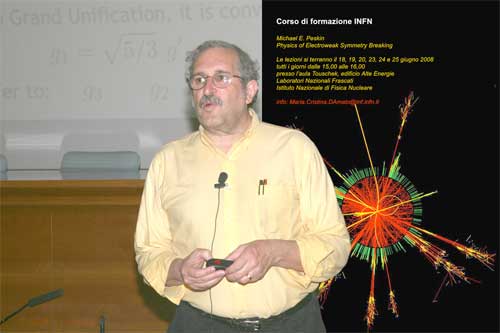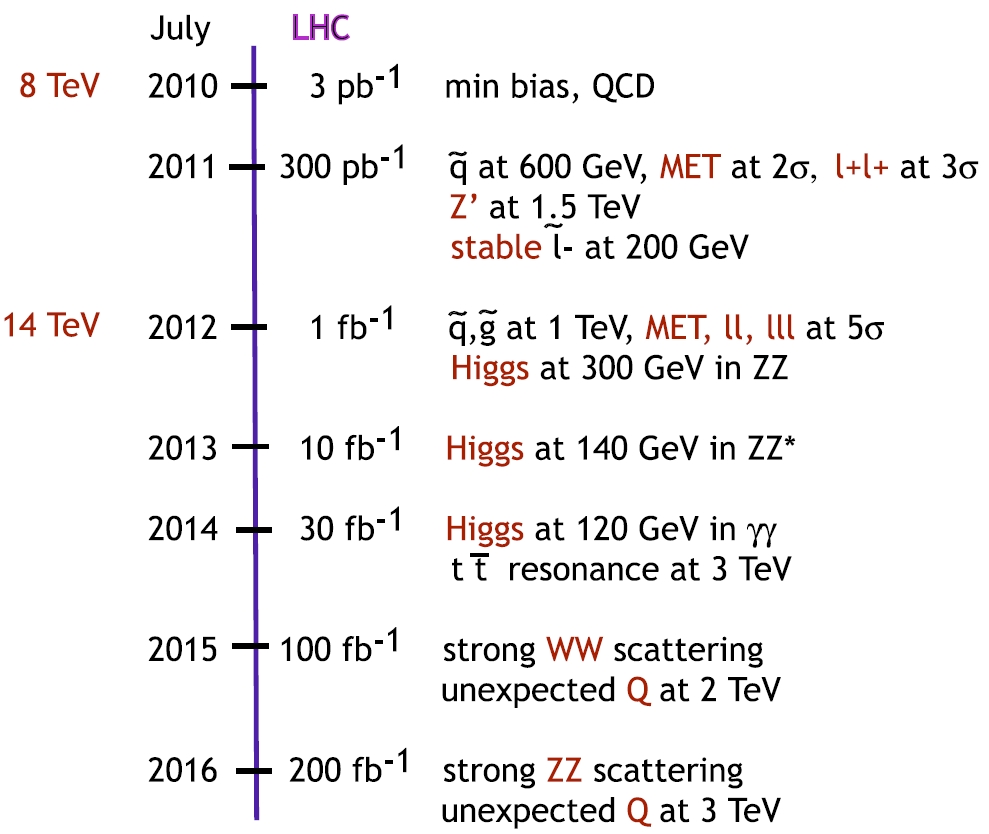Director's Corner
12 November 2009
 Barry Barish |
Rethinking LHC–ILC connections
The American Linear Collider Physics Group (ALCPG) workshop held in Albuquerque, New Mexico from 29 September to 3 October was one of our large ILC meetings that we hold twice a year. There was much in this meeting: the results of the Letter of Intent validation process for the ILC detector concepts; the first presentation of a proposed new ILC accelerator baseline; a lively panel discussion, and many more. But, perhaps the most important contribution was a talk given by Michael Peskin, SLAC, with the intriguing title, "Rethinking the LHC–ILC Connection."
It had been common thinking among ILC advocates including Michael Peskin that the future importance and potential of a linear collider was self–evident and did not require LHC results to prove the case. However, getting an idea of the cost of the ILC has made it difficult for governments to consider the project until now. Consequently, the time scales of possible funding discussions and the LHC results are close enough in time that early results become an important consideration. This has been recognised for some time, but the focus on what the LHC will provide has been rather simplistic: first, some great discovery that will create sufficient excitement to 'sell' the ILC; and second, determination of the required energy reach of a linear collider to exploit LHC physics. Both of these points remain valid, but Michael has suggested looking towards the LHC as a continual and incremental source of important new physics from start-up to high-luminosity running after a few years.
Peskin's main point is a rather obvious one, but he suggests that we should change our way of thinking about the case for the ILC and how to connect the LHC results as they are produced. Clearly, the case of the ILC rests on the belief that the 'Terascale' (i.e. teraelectronvolt scale), which will be opened up by the LHC, will produce a plethora of new and exciting results as we begin to explore the physics beyond the Standard Model. However, he points out that the physics will come incrementally over a period of time as the machine performance improves. At ALCPG09, he presented a possible timeline for obtaining integrated luminosity and an illustrative set of physics that could come out at each step.
Michael urged ILC physicists to recognise that such a scenario invites us to understand the ILC physics enabled at each step as LHC physics results are produced. Potentially, this is a way where we can build a stronger and stronger physics case for the ILC as we wind through the funding steps, and one based more and more on real results. For example, in his timeline, the LHC does have the capability to discover SUSY and other "mainstream" models of new physics in 2010. Additionally, Michael urges us to pay more attention to models that have stable sleptons, composite top or Z' resonances, all of which could be discovered early in the LHC programme. In contrast, as a result of the low energy and low luminosity early running, he concludes that it is less likely that the Standard Model Higgs boson will be discovered much before 2013 and argues that we should appreciate this in our planning.
Michael's report was primarily based on discussions and work of the common task group on physics–related issues that has been set up by the ILC Research Director, Sakue Yamada. In addition to their work reported by Peskin, the physics common task group has been studying the possibility of a staged realisation of the ILC, assembling the information regarding ILC capability for precision Higgs physics and they are considering suggestions for key benchmark processes for continuing ILC studies in 2010.
Sakue has also set up common task working groups on machine detector interfaces, on engineering tools, on detector R&D, and on software, in addition to the physics group I have reported on today. These task groups are enabling ongoing studies on important issues in ways that include representation of both LOI groups, as well as other experts. They are becoming an increasingly important part of the overall efforts towards the ILC.
-- Barry Barish

